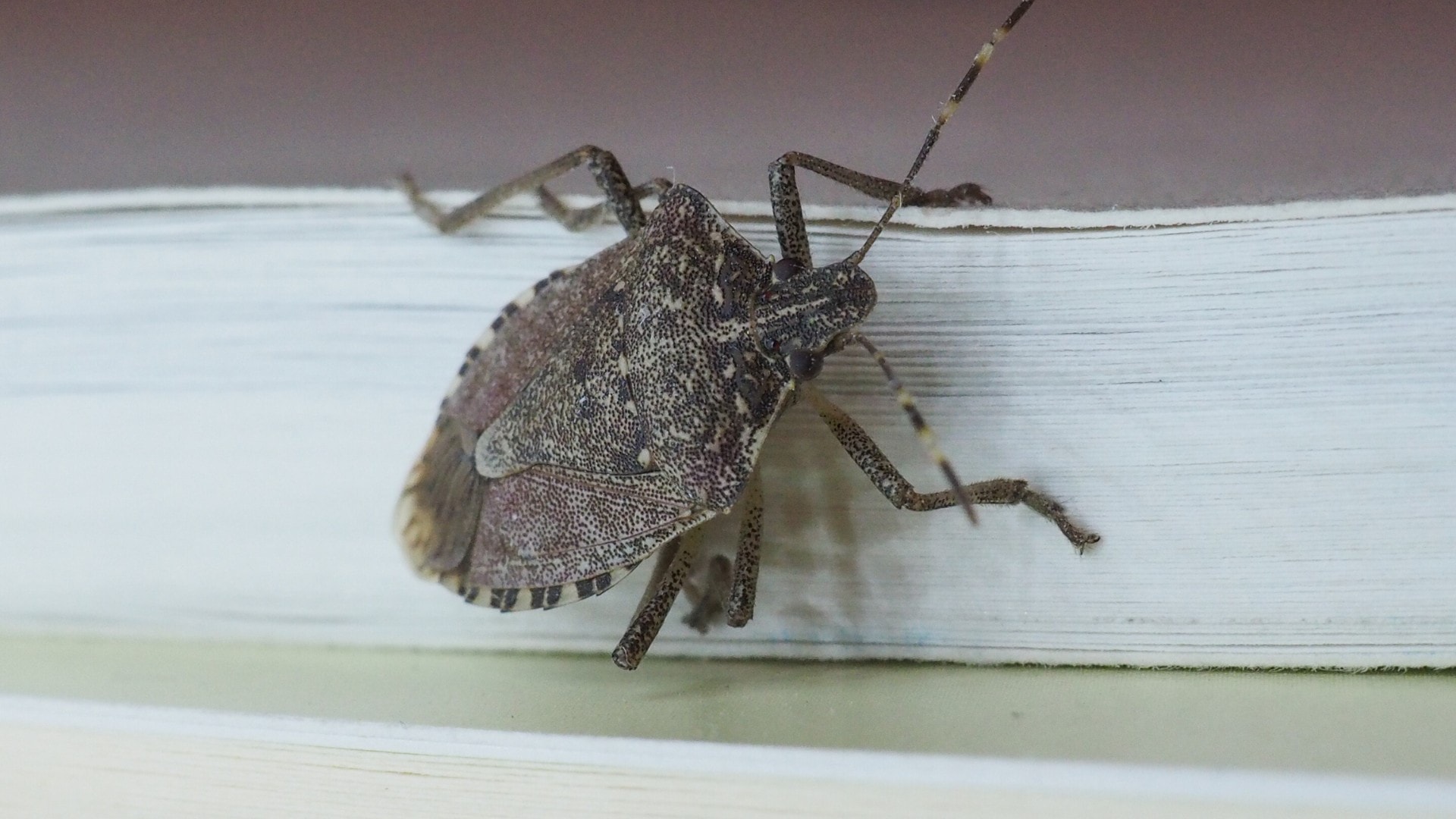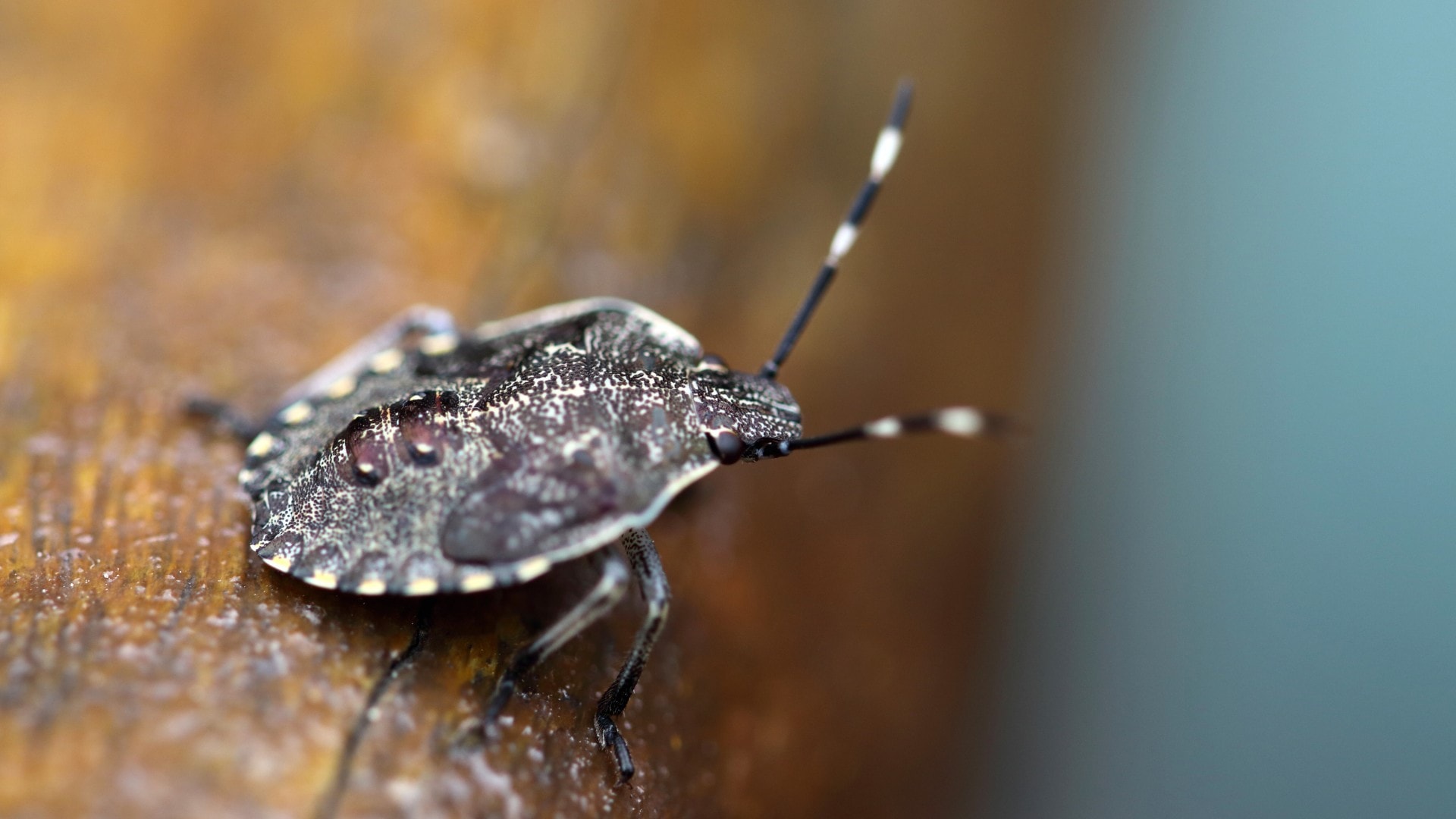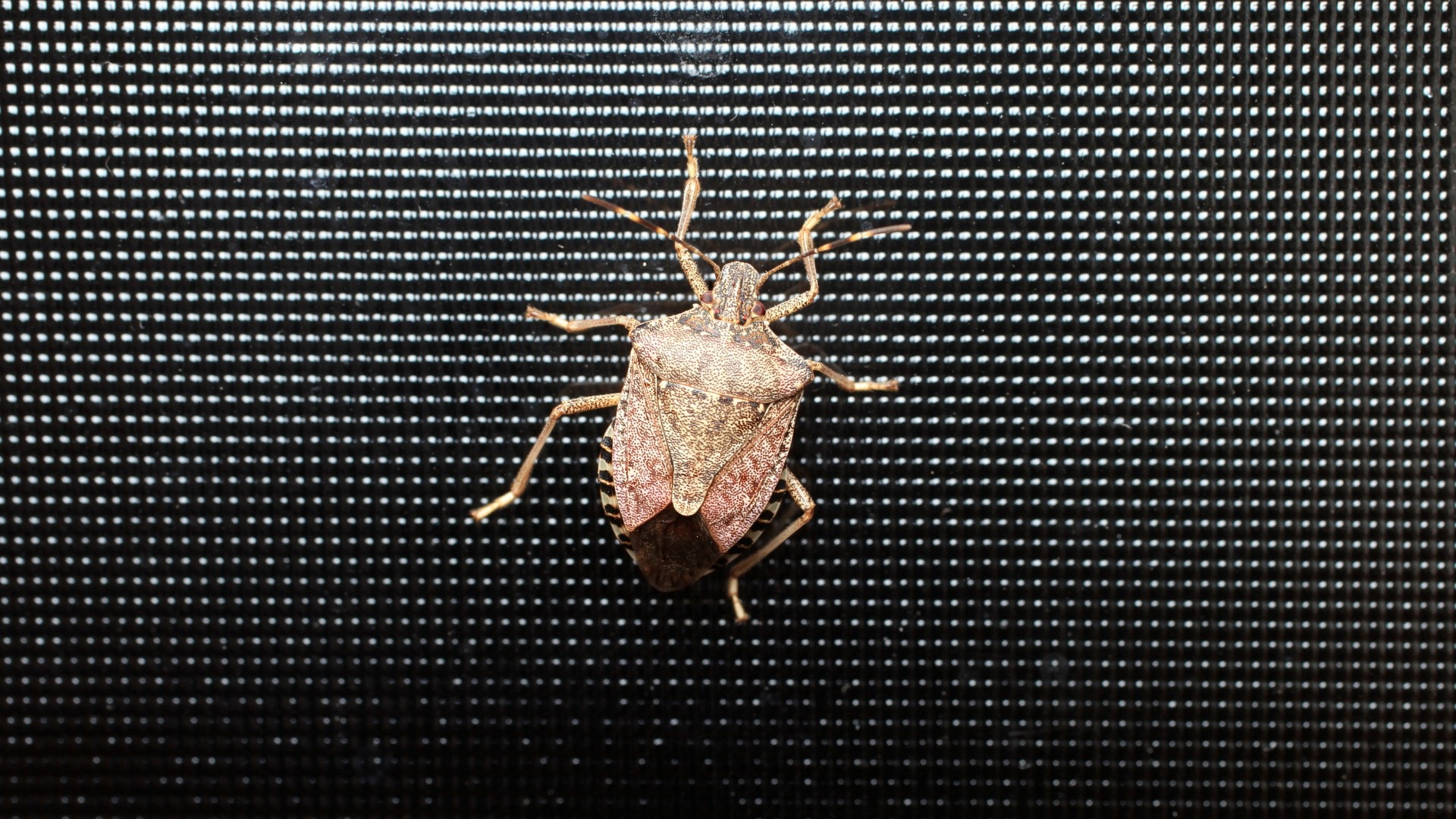Stink bugs are common uninvited guests in gardens and homes, especially during colder months. While their distinct odor can make them bothersome, many people wonder—do stink bugs bite? Whether you’re a homeowner trying to keep these bugs out of your living space or a gardener concerned about the impact on your plants, this guide aims to answer all your questions about stink bugs and provide actionable solutions for managing these pesky insects.
You’ll learn about stink bug behavior, potential risks, allergy symptoms, and effective ways to protect your home and garden.
What Are Stink Bugs?
The Brown Marmorated Stink Bug
Stink bugs, particularly the brown marmorated stink bug (Halyomorpha halys), are shield-shaped dark brown insects that feed on plants, fruits, and seeds. Originally from East Asia, they have become widespread in countries like the United States. They get their name from the pungent odor they release when threatened by predators.
Do Stink Bugs Bite?
The good news is that stink bugs generally do not bite humans or animals. Their feeding apparatus is specialized for piercing plant material and extracting juice—not for biting human skin. Common stink bug species, including the brown marmorated stink bug, lack the ability to sting or bite.
That said, these bugs are sometimes confused with other insects, such as kissing bugs or assassin bugs, which can bite and pose more serious risks. These predatory stink bugs protect plants by defending them against other plant-eating insects.

Stink bugs have a distinctive marbled brown color and shield-shaped back.
Common Misconceptions About Stink Bugs
While stink bugs don’t bite, sting, or cause disease, they are frequently mistaken for other insects. Here’s how they differ from commonly confused species:
-
Kissing Bugs: Unlike stink bugs, kissing bugs bite humans and can spread diseases like Chagas disease. They also tend to feed on animals or humans at night.
-
Assassin Bugs: These predatory insects eat other bugs but can inflict painful bites if mishandled by humans. While they are similar in appearance, they are not closely related to stink bugs.
By correctly identifying your pest, you can take effective action and avoid unnecessary panic.
Stink Bug Behavior
What Do Stink Bugs Eat?
Stink bugs are herbivorous and primarily feed on plant material. Using their piercing-sucking mouthparts, they extract juices from crops, fruits, and vegetables. This makes them a significant agricultural pest, causing damage to tomatoes, peaches, and soybeans, among other crops.
If you’re a gardener, you might notice stink bugs clustered around host plants, leaving behind small, discolored spots on fruits and leaves.

Stink bugs can spray a strong-smelling liquid when they are scared or feel threatened.
Defense Mechanism
When disturbed, stink bugs release a foul-smelling liquid as a defense mechanism. This foul odor is harmless but can linger, making it unpleasant for homeowners. Avoid crushing stink bugs, as this will intensify the smell.
Potential Risks of Stink Bugs
Although these bugs are not directly harmful to humans or pets, there are a few potential concerns to keep in mind:
-
Allergic Reactions
Some individuals may develop allergic responses from substances secreted by stink bugs. Symptoms can include runny nose, itchy eyes, skin irritation, or even dermatitis.
-
Skin Irritation
Skin contact with certain stink bug secretions may cause mild burning sensations, although this is rare.
-
Crop Damage
For gardeners and farmers, stink bugs are notorious pests. Their feeding habits can ruin large portions of crops and reduce yields. They can target apples, peaches, pecans, soybeans, green peppers, and tomatoes.
Symptoms of Stink Bug Allergies
Individuals allergic to stink bugs might experience reactions across the respiratory system, eyes, or skin. Common symptoms include the following:
Respiratory Issues
-
Runny or stuffy nose
-
Sneezing and coughing
-
Allergic asthma or wheezing in severe cases
Skin Reactions
-
Rashes or hives after direct exposure
-
Dermatitis or skin inflammation
Eye Symptoms
-
Itchy or watery eyes
-
Pink eye (conjunctivitis)
If any of these symptoms occur after contact with stink bugs, consult a healthcare professional for evaluation and treatment.

Prevent stink bugs from overwintering in your home by thoroughly sealing up entry points and repairing any holes in window screens.
Effective Ways to Remove Stink Bugs and Protect Your Home
Stink bugs often enter homes during colder months to seek shelter and escape freezing temperatures. Here’s how you can prevent and remove stink bugs from your space.
Seal Entry Points
-
Inspect your home’s exterior for cracks, holes, and gaps around windows, doors, or vents.
-
Use silicone caulk to seal any openings.
-
Replace damaged window or door screens.
-
Install door sweeps on external doors to close any gaps at the bottom.
Avoid Attracting Stink Bugs
-
Turn off outdoor lighting or switch to yellow “bug lights,” as stink bugs are drawn to bright sources.
-
Dim any indoor lights near windows to reduce visibility from outside.
-
Use a dehumidifier indoors. Stink bugs prefer dry conditions and are less likely to enter damp areas.
Natural Repellents
Consider these eco-friendly options for repelling stink bugs effectively—without harsh chemicals:
-
Plant strong-scented herbs such as garlic, which stink bugs dislike.
-
Diffuse essential oils like lemongrass or spearmint near points of entry.
-
Rub dryer sheets on window screens, as the fragrance can deter stink bugs.
Proactive Measures
-
Vacuum Them: Use a vacuum cleaner to remove stink bugs from walls, windows, and ceilings. Use a disposable vacuum bag to avoid lingering smells.
-
Create a Homemade Trap: Set a foil pan filled with water and dish soap under a light source in a dark room. The stink bugs will be attracted to the light and become trapped in the soapy water.
-
Apply Outdoor Barriers: Use long-lasting insecticide sprays along the perimeter of your home to keep stink bugs out.
By taking these preventive measures, you can minimize the chances of a stink bug infestation in your home.
Staying Pest-Free During Winter
Stink bugs are not dangerous, and they do not cause structural damage, but their odor and habit of invading homes can be a nuisance. As temperatures drop, implementing the protective strategies listed above can make your living space uninviting for stink bugs—and give you peace of mind.
If you’re dealing with an active stink bug problem, avoid harming them directly. Instead, adopt humane removal techniques to rid your home of stink bugs without triggering its signature odor.









